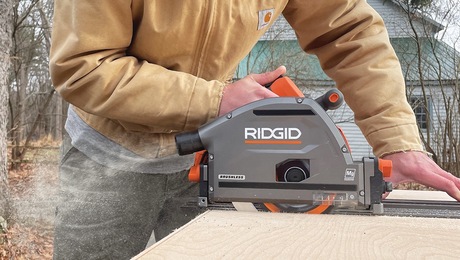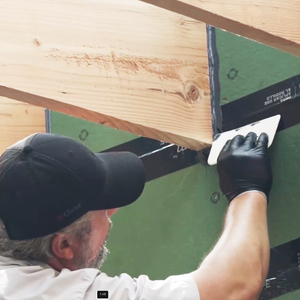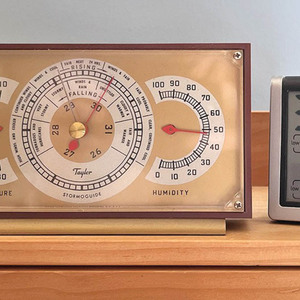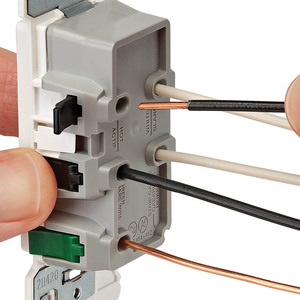I am not a plumber but in the course of things I am forced into it on occasion. I am replacing a toilet due to breakage and water damage of the surrounding floor. The sewer lines are plumbed in cast iron with what appears to be a lead flange coming out of the cast iron that the toilet seated on. The toilet was attached to the floor with bolts into the subfloor and not into the flange because there were no mounting holes. The subfloor is rotted out in this area and I plan to repair with plywood. Currently the lead flange is 5/8 to 3/4 higher than the existing tile that is around the toilet. The plan is to replace a few tiles in this area after the subfloor repair.
The lead flange has a inside dimmension of 3 1/2 inches and has been flared out to about 5 1/2 outside dimmension. Can I just get a pvc toilet flange and slide it down into the existing flange and attach it to the subfloor with long screws into the new subfloor? How high does the new flange need to be above the surrounding floor tile? If I do it this way do I need to lower the heigth of the existing lead flange? Thanks.


















Replies
We run into this occasionally. The flange should be on top of the tile or at least level with it.
As far as cutting back the cast, you can actually do this with a pair of pliers. Just snap it off going all around the pipe. It works, doesnt seem like it would but it does.
Never seen a pipe flared out to 5 1/2". Hopefully you can find a plastic replacement.
You could go with another cast flange but then you need to be able to melt lead to put it back together.
I would take a pair of pliers and bend the lead straight inline with the pipe, this should be easy, remove the flange, repair the subfloor, screw the flange back down,than beat the lead down over it with a hammer. That is how it probably was installed in the first place and should work again. The wax ring then will seal to the lead where you have flared it out over the flange.
If the lead is in bad shape and wont take the bending and reforming, I would then demo back to a point where you can attach to the cast with a mission coupling and adapt to plastic.
A pvc flange will have an OD of around 3 5/8", in you can get it into your lead pipe it won't really seal, perhaps allowing gasses to escape.
There is also expansion flanges that go inside the pipe, but I have only seen them for 4" waste, I think they would be to much of a restriction on 3.
I had to do this in one of my bathrooms. I took the lead out since it was damaged with the subfloor. A hammer and old chisel will get it out. Usually the lead is set in the hub of the last section of CI, which is usually an elbow. I bedded a piece of no-hub-CI into the existing hub with epoxy.
Fernco donuts are available to insert for the hubs too, but no one carries them in my area. I guess you can also use a section of PVC, but I had a length of 4" CI leftover from the upstairs bathroom total gut job.
...that's not a mistake, it's rustic
I would add one caution: If the cast iron pipe goes back to the vertical stack as one piece you should be fine. However, if the horizontal line joins the vertical stack with a lead joint, you should consider replacing back to and including this joint. The reason being that this is a failure prone joint. I do not recall the details of how it is done, but I know my plumber was able to do it in about 1 or 2 hours, so it is horribly difficult (provided you have access). I imagine there is a specialty coupling to do it.
Thanks to all for the advice! With your kind words I was able to successfully complete the repair today.